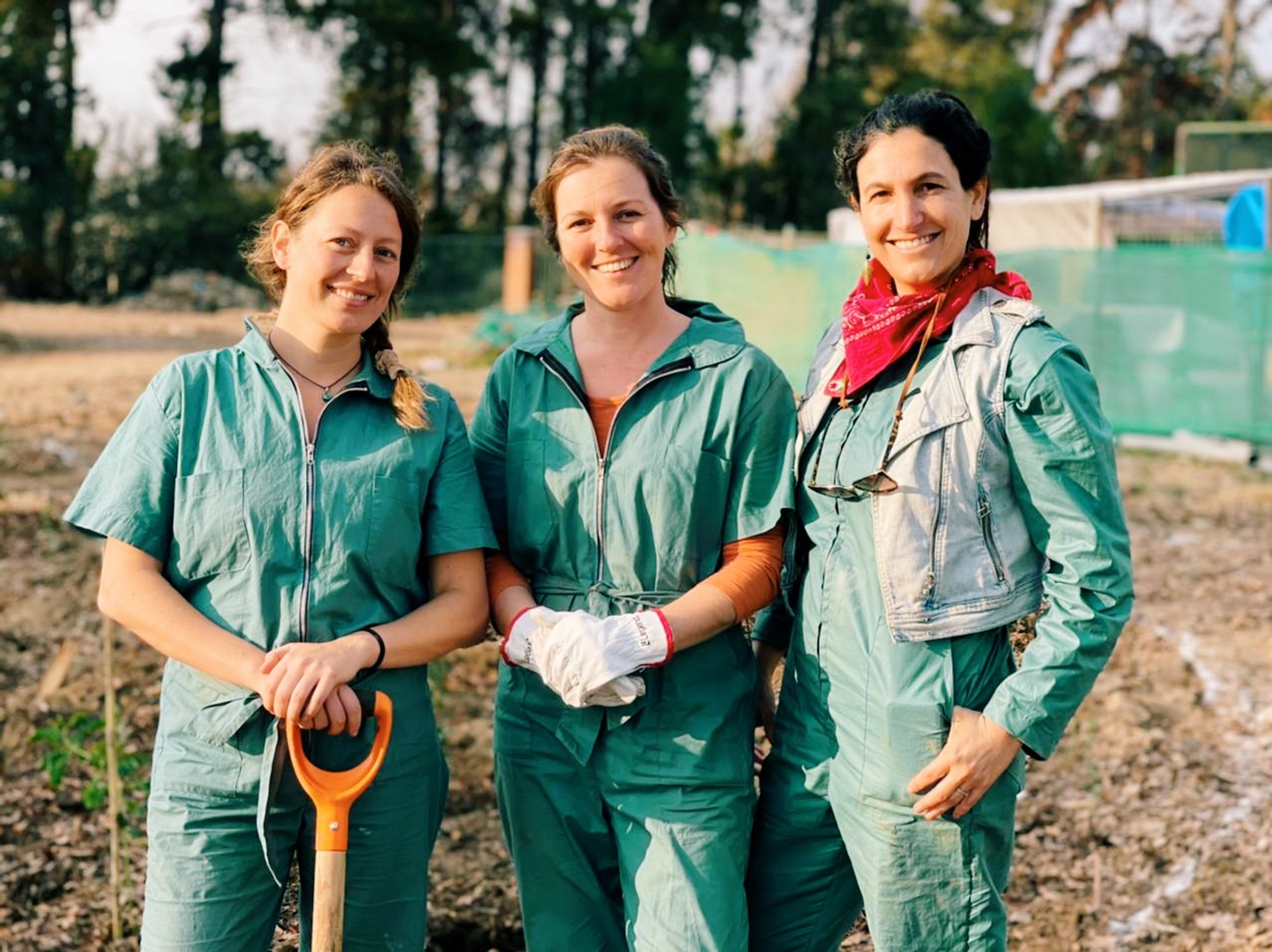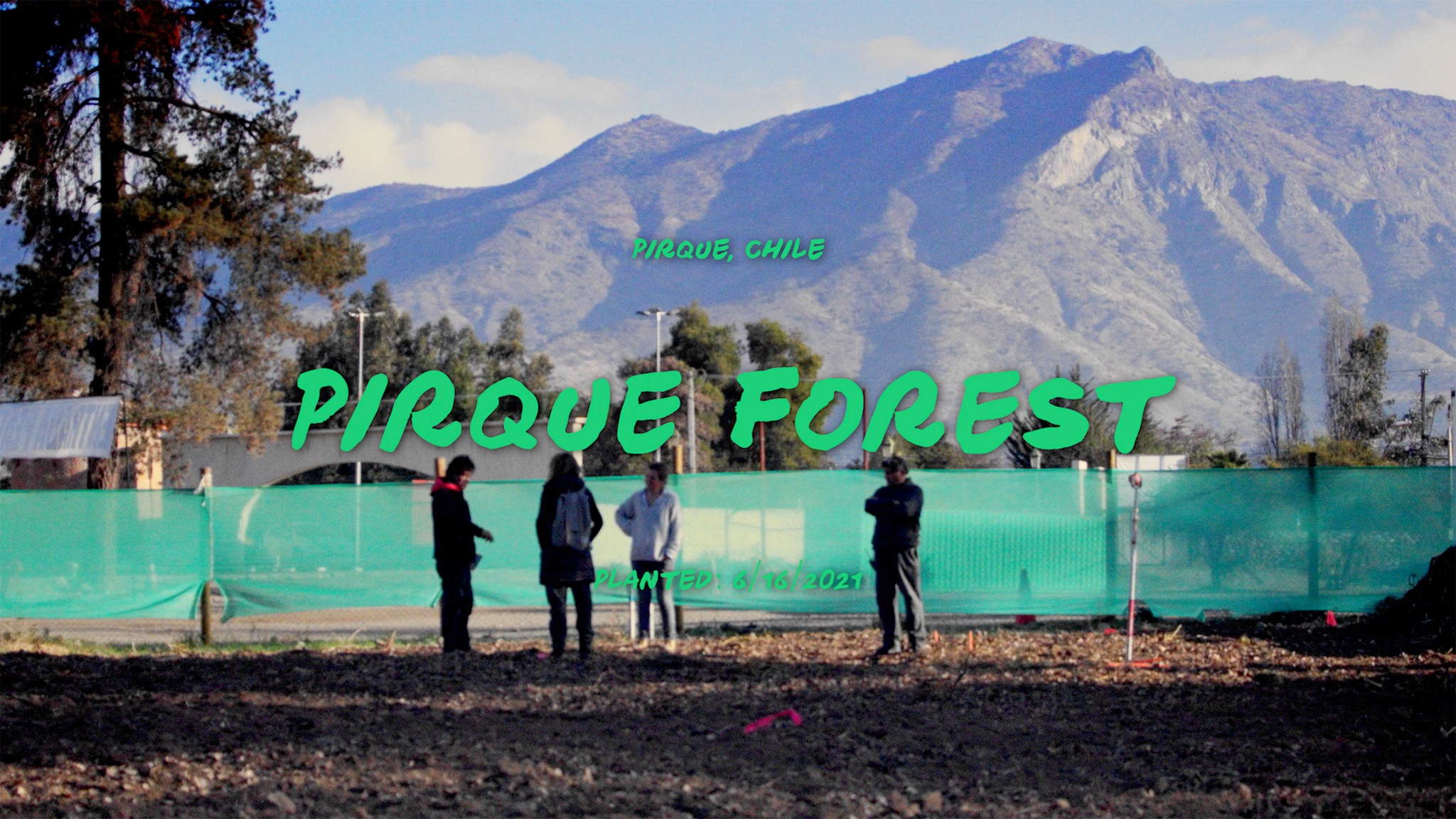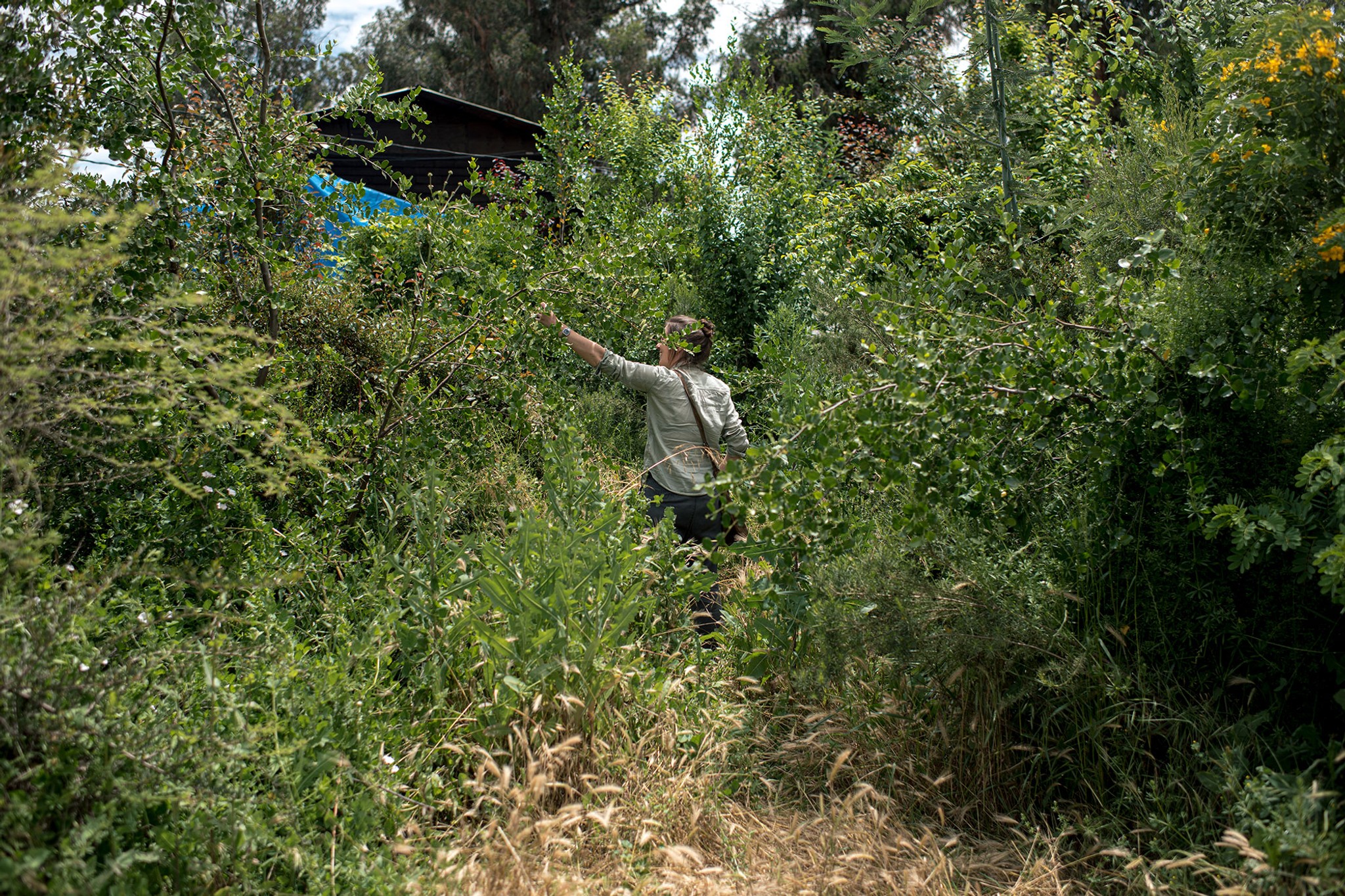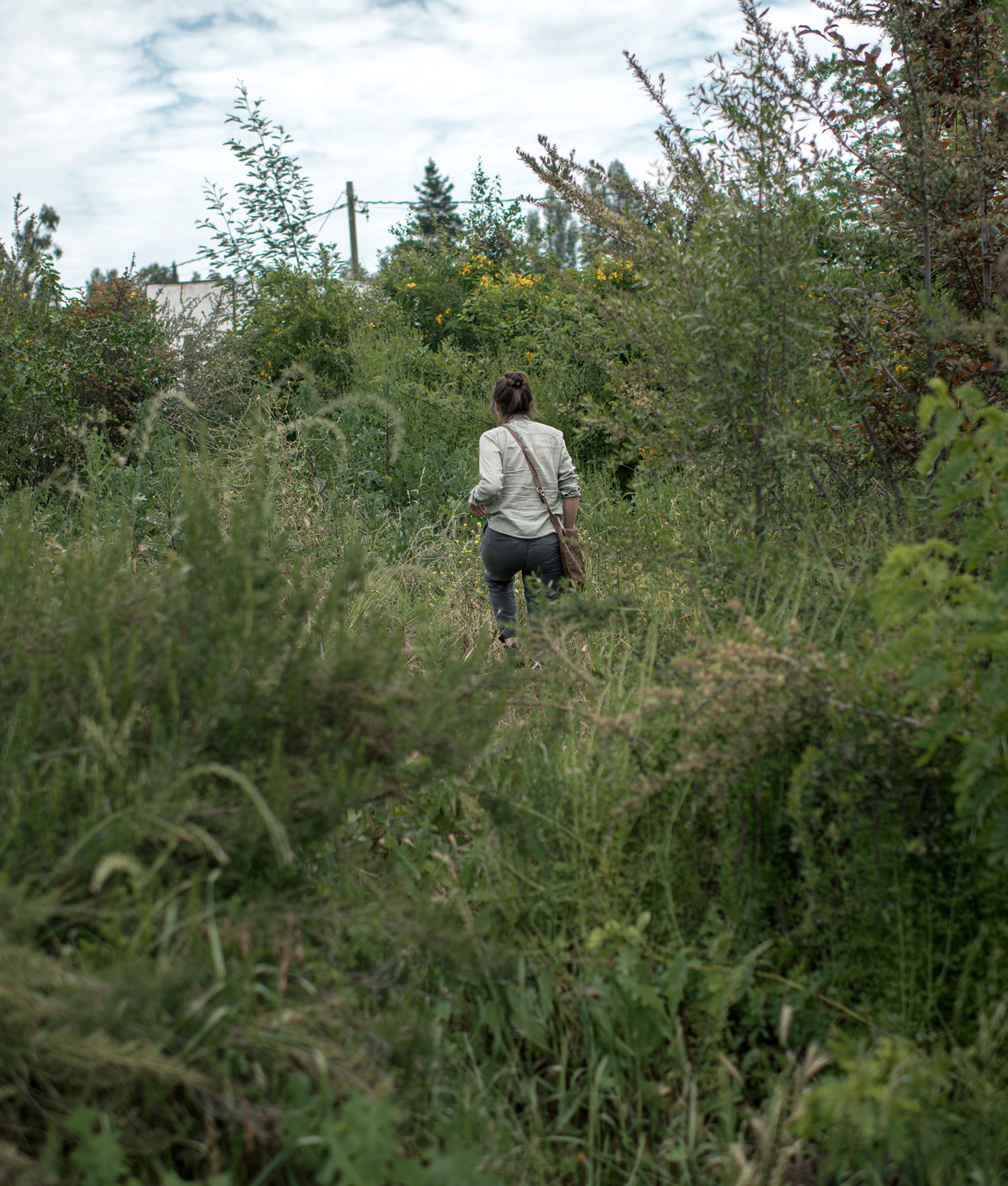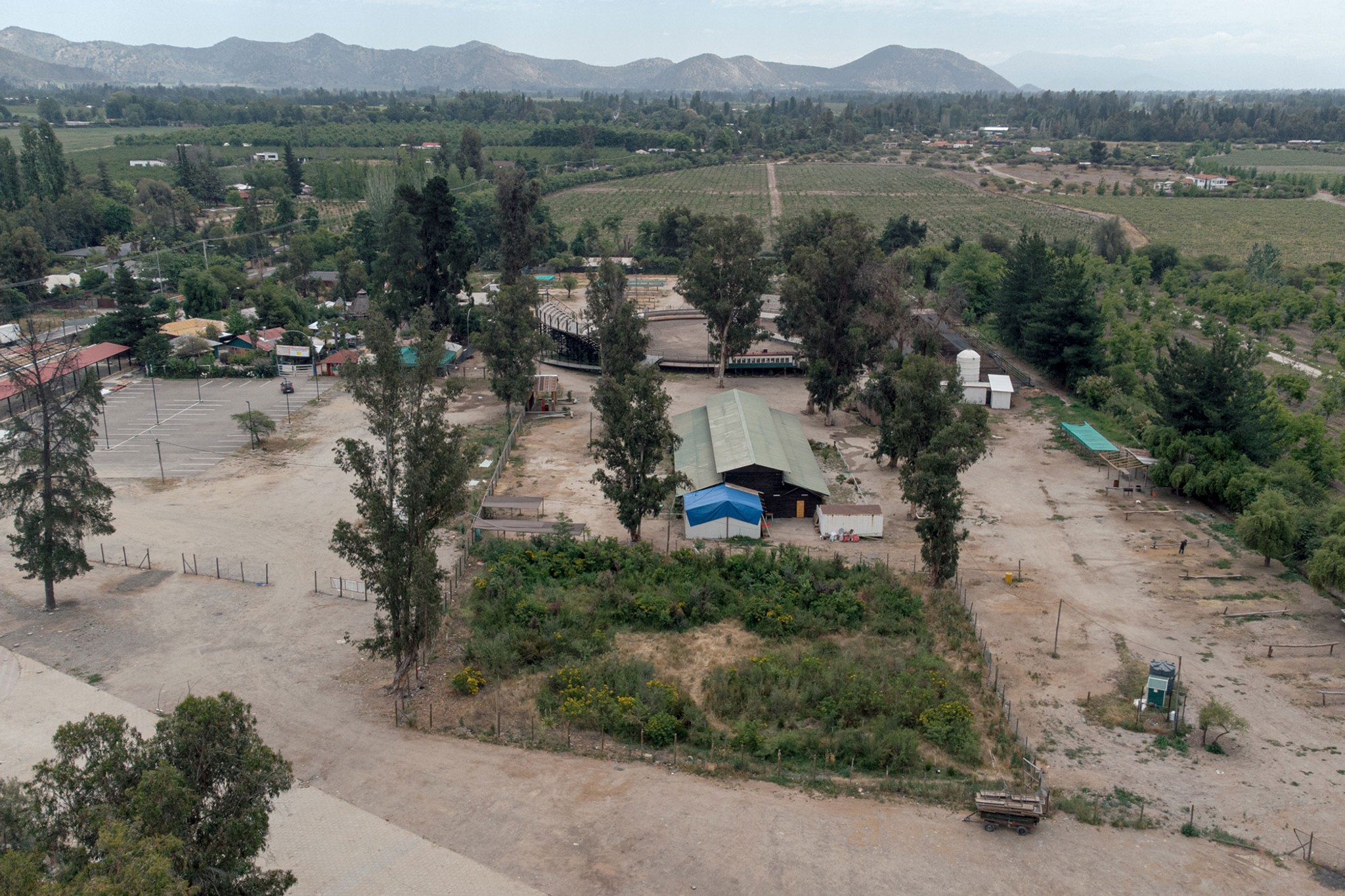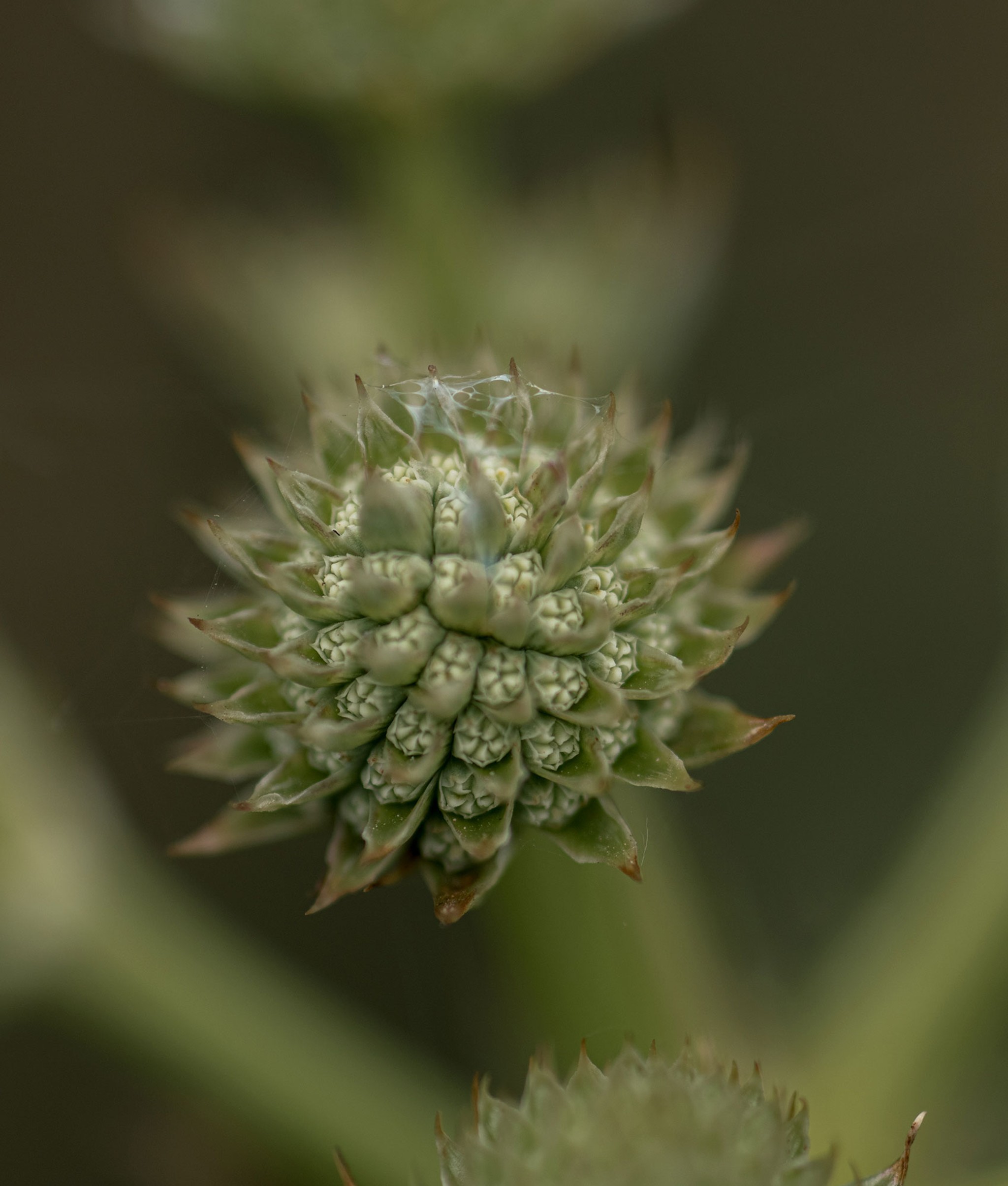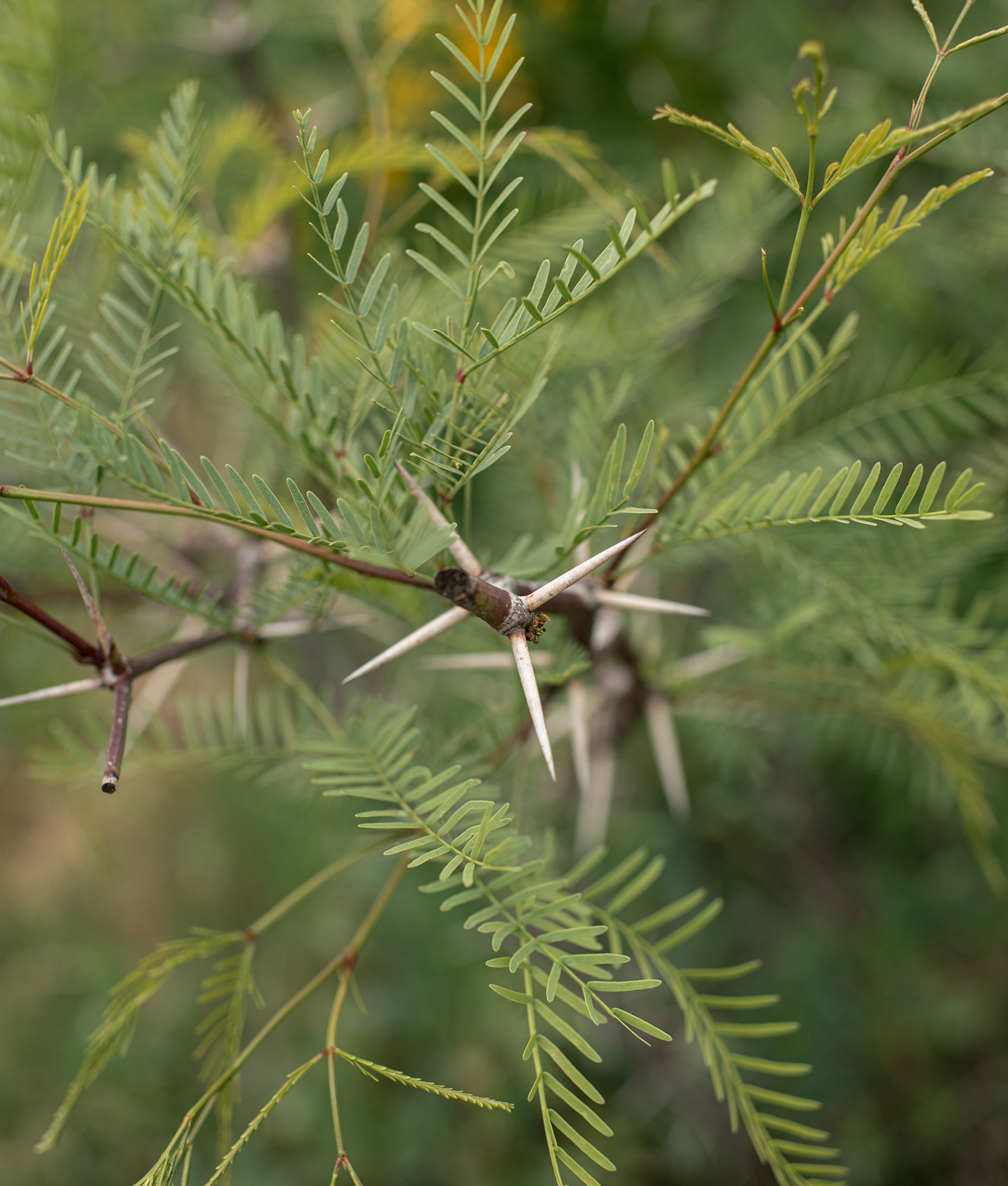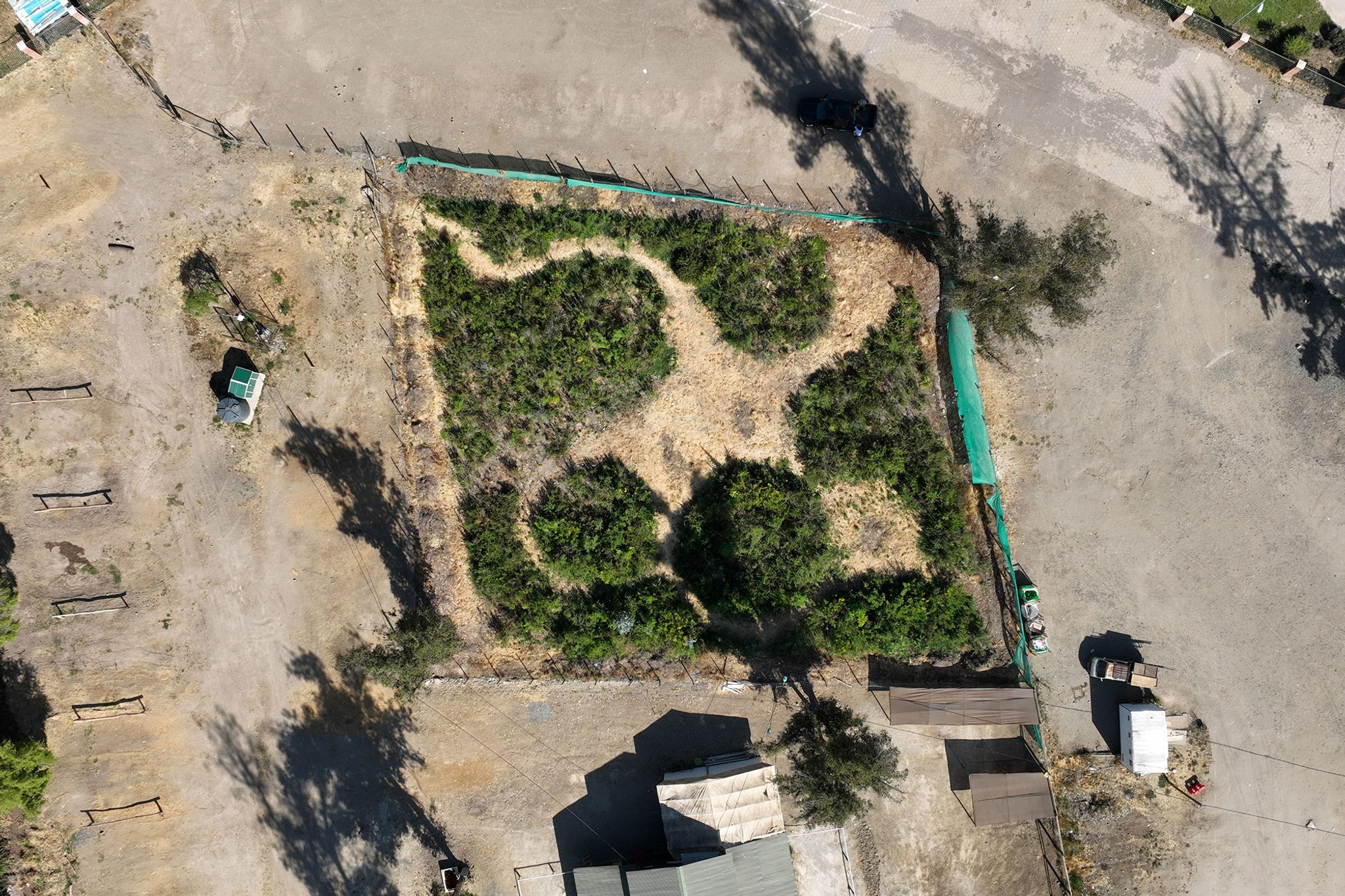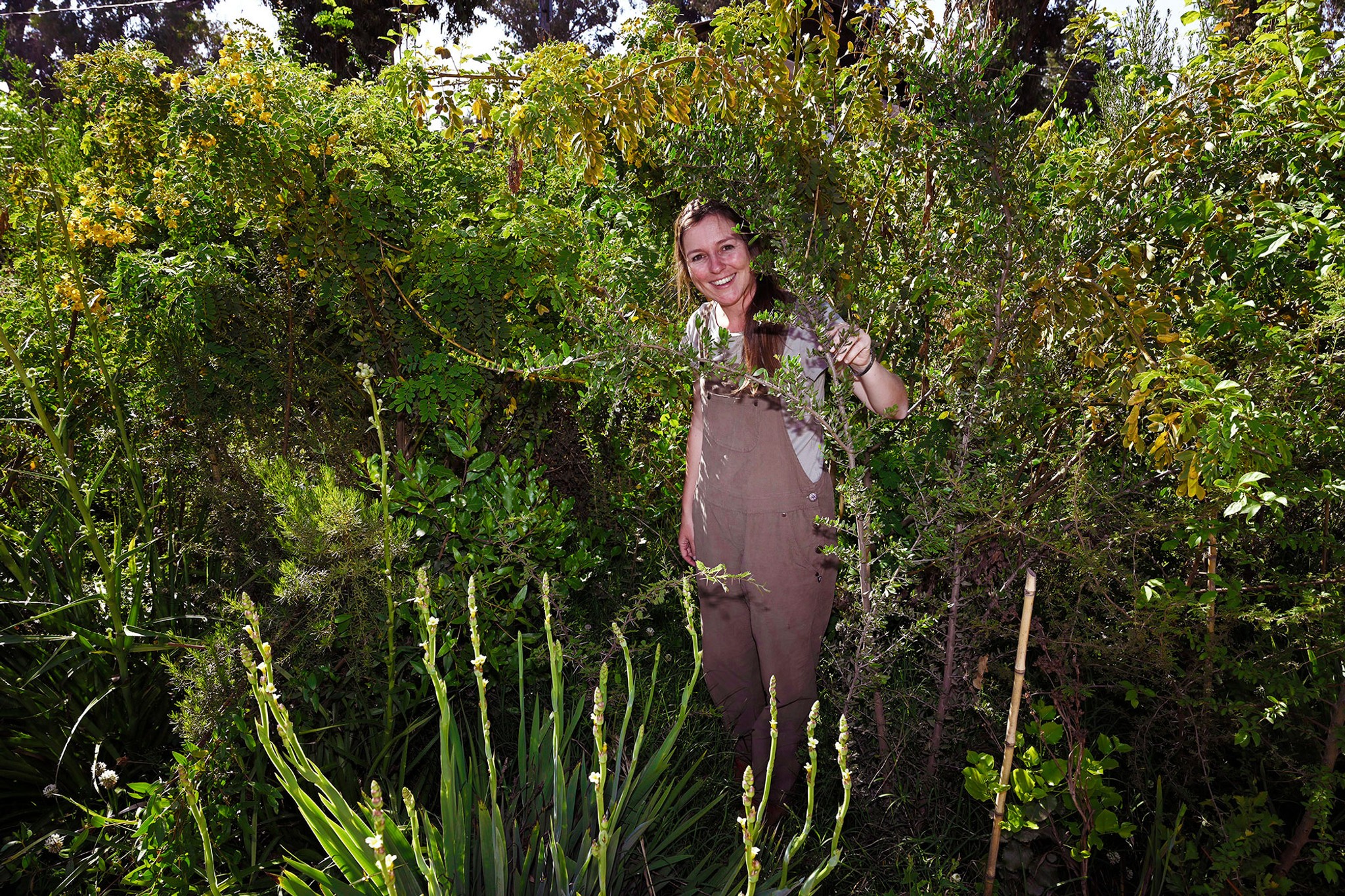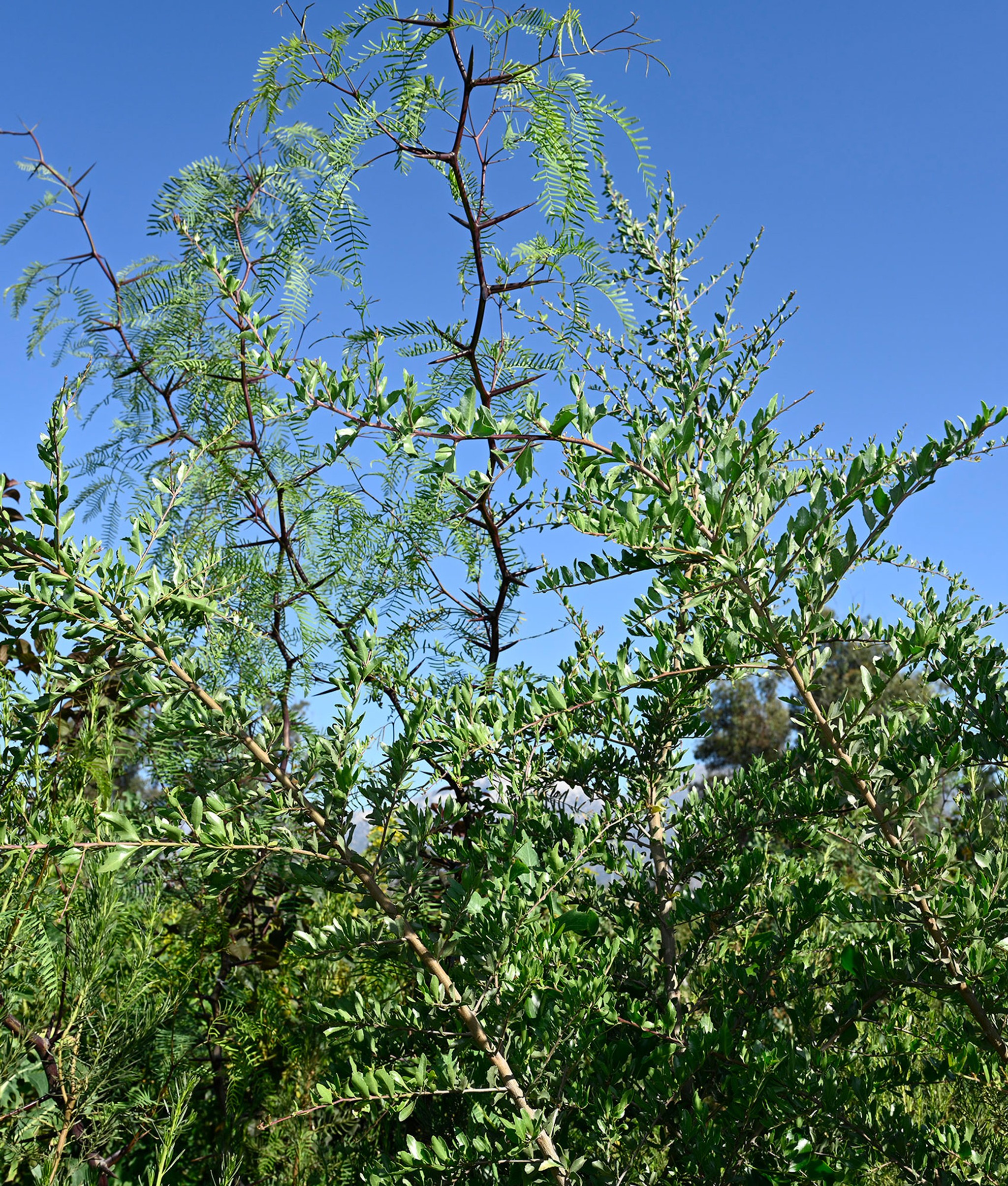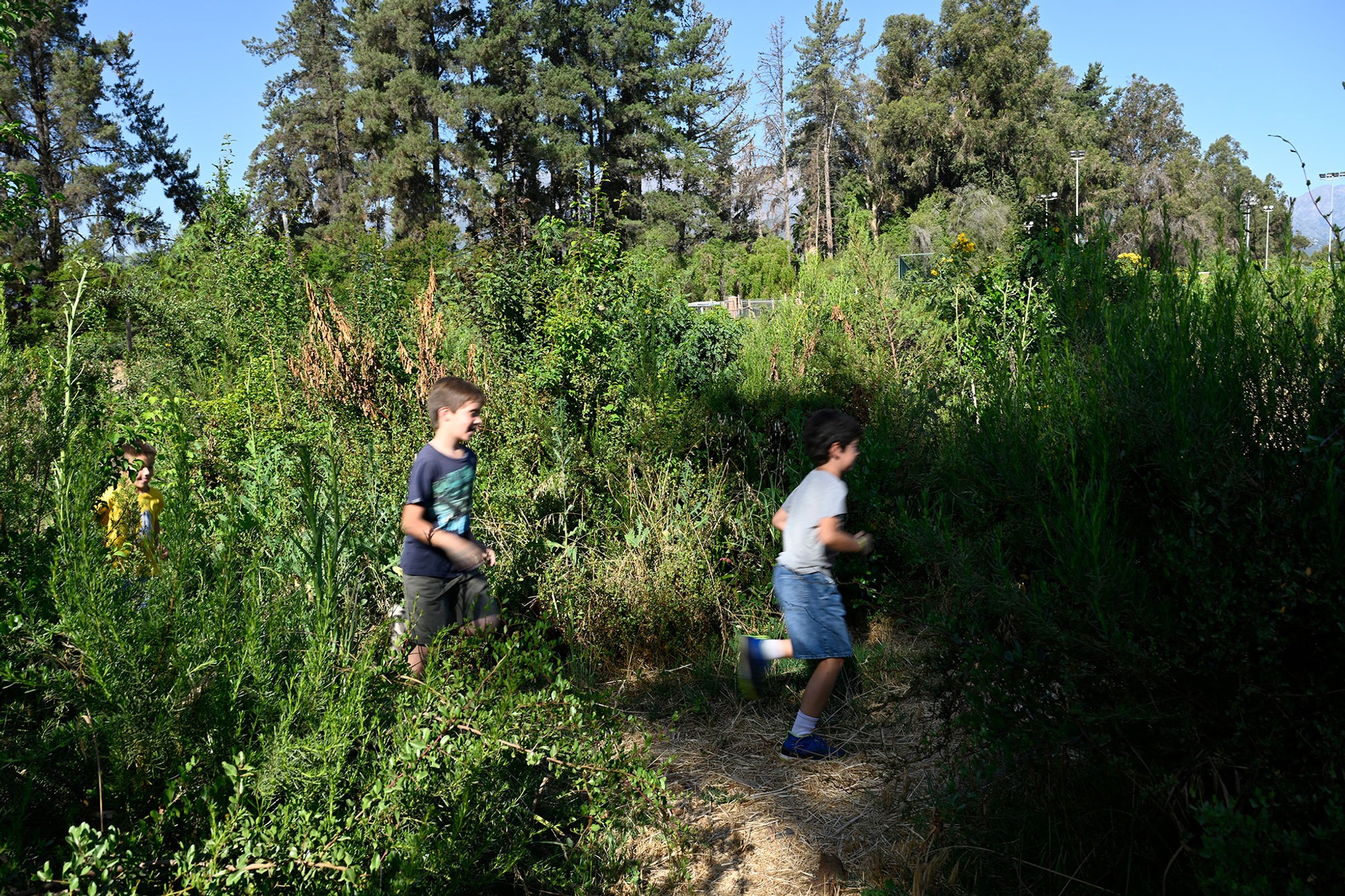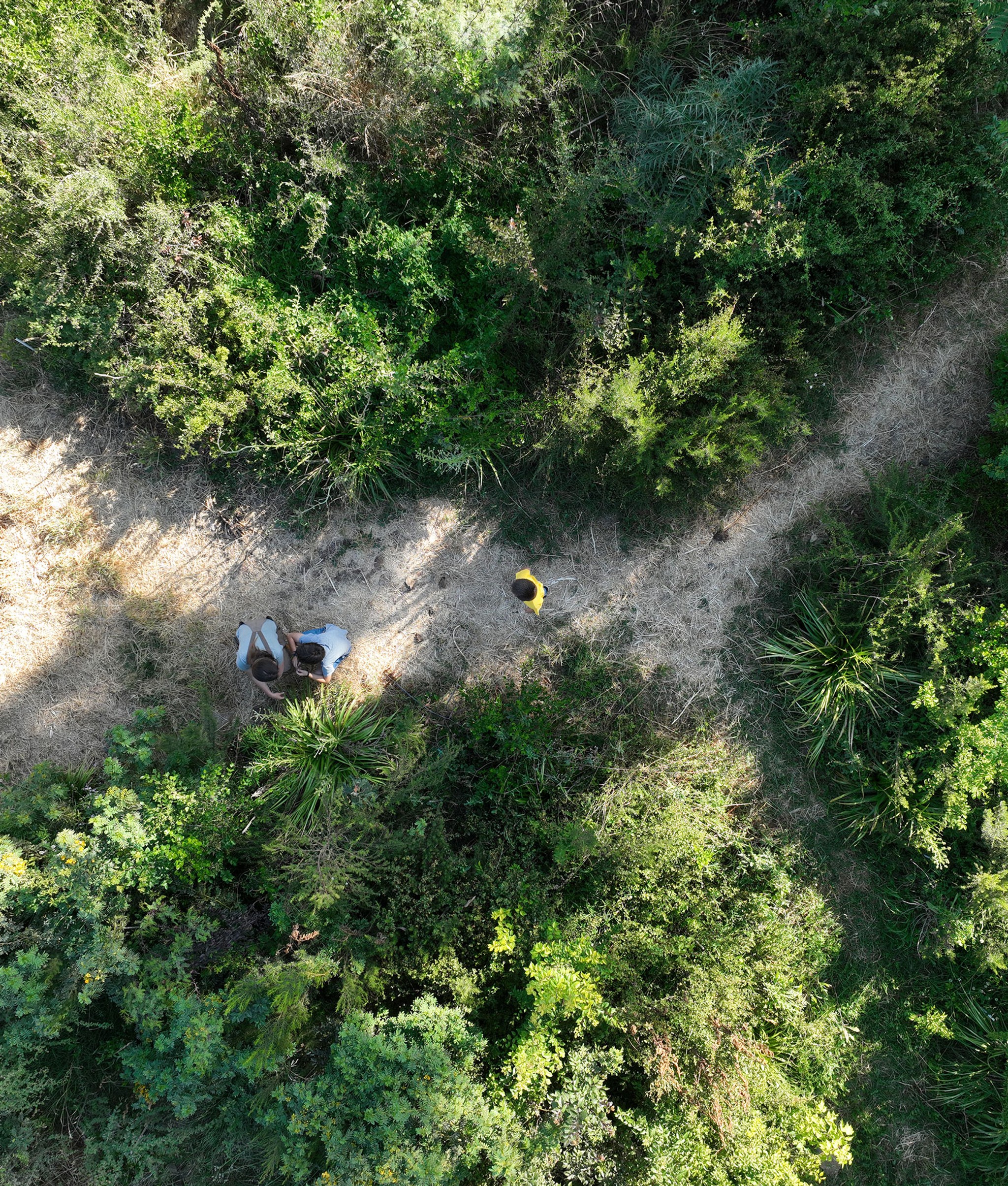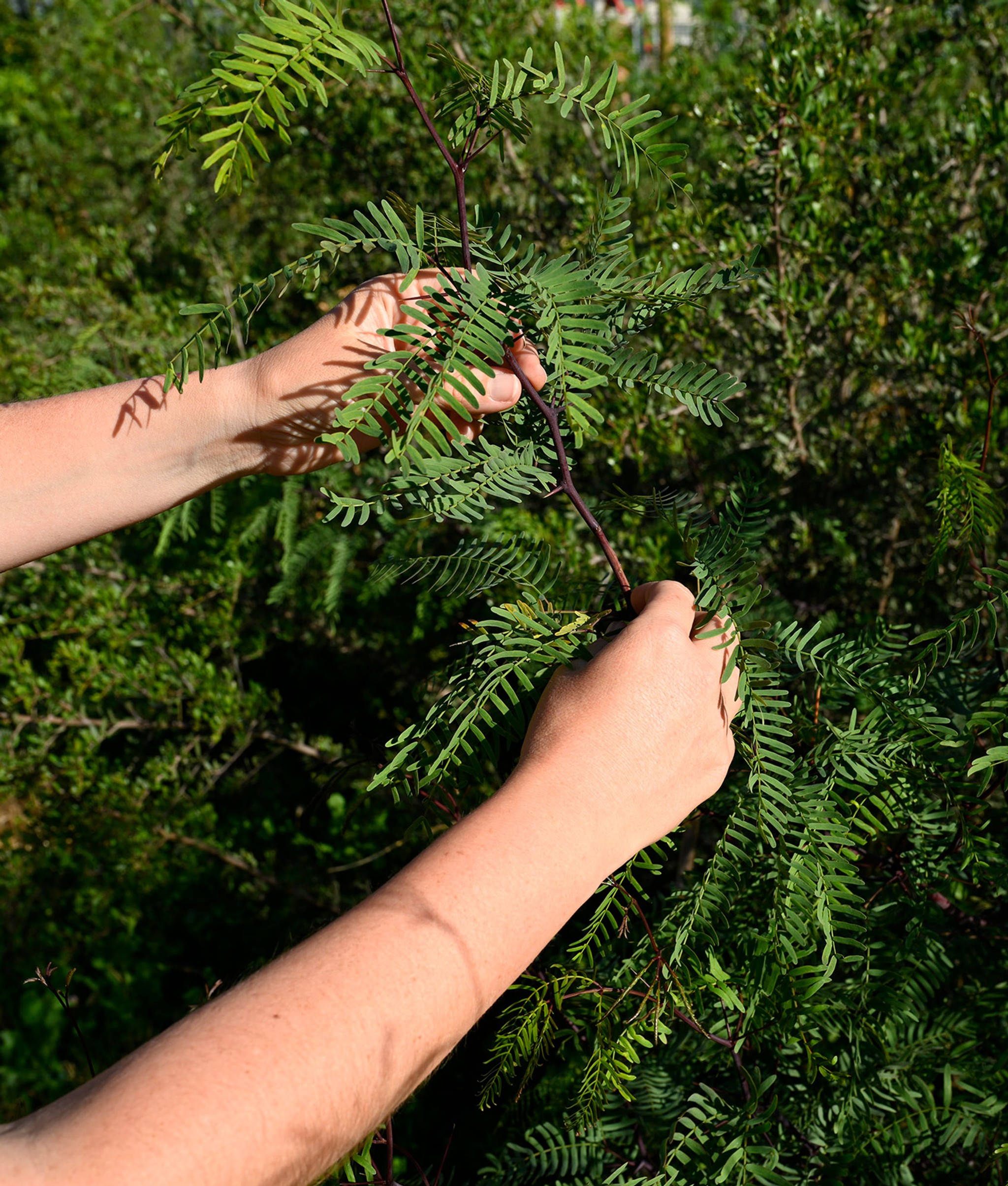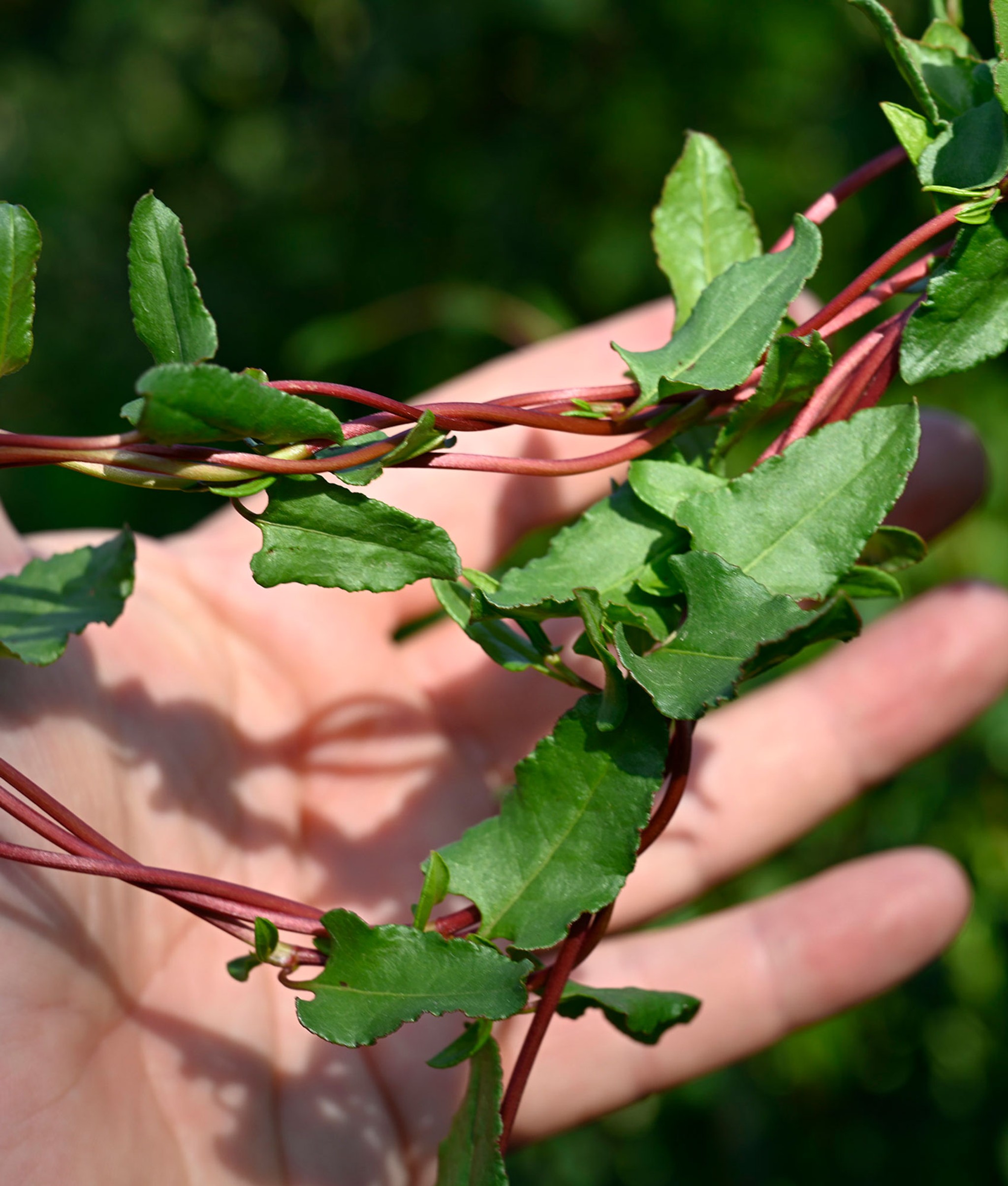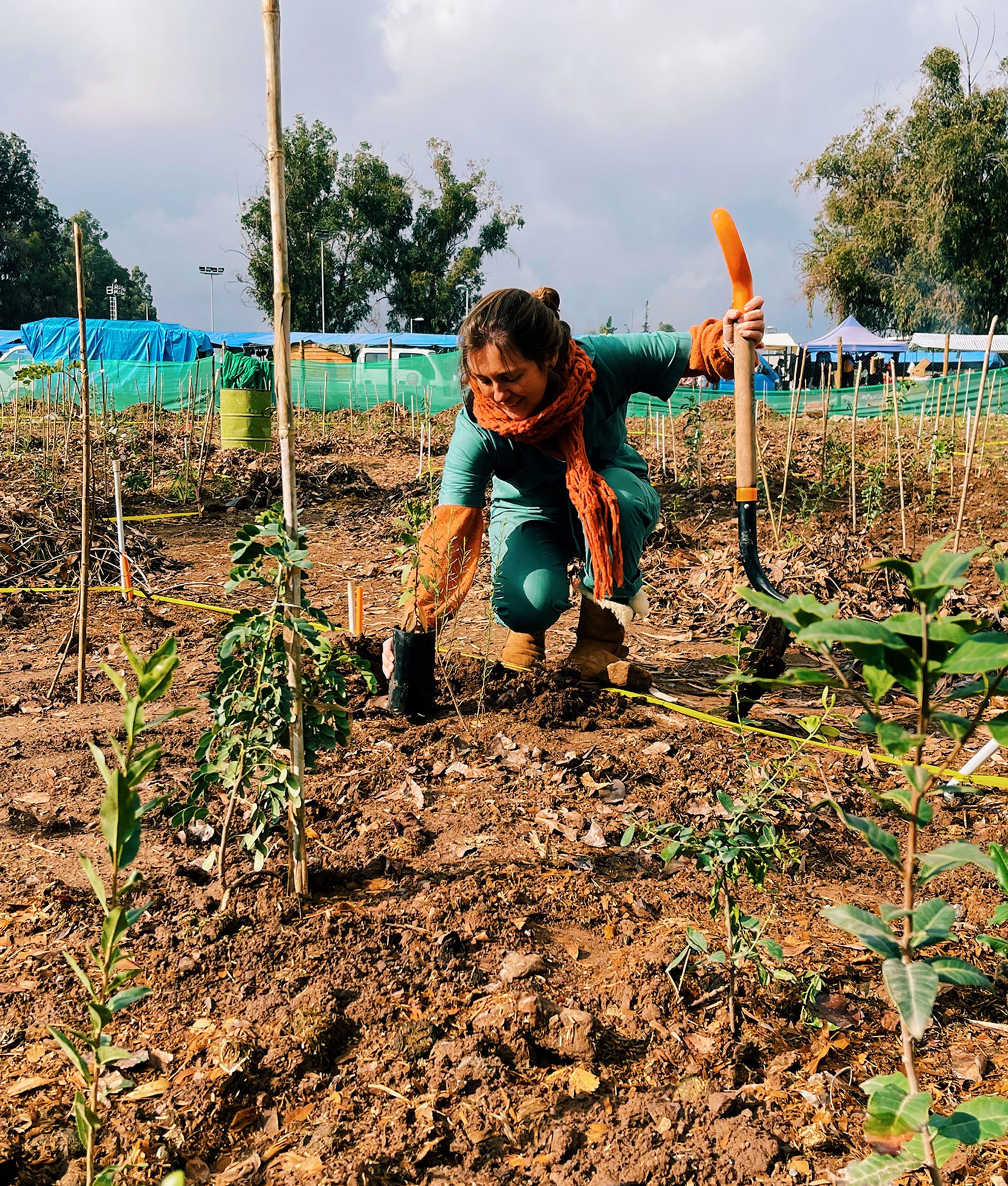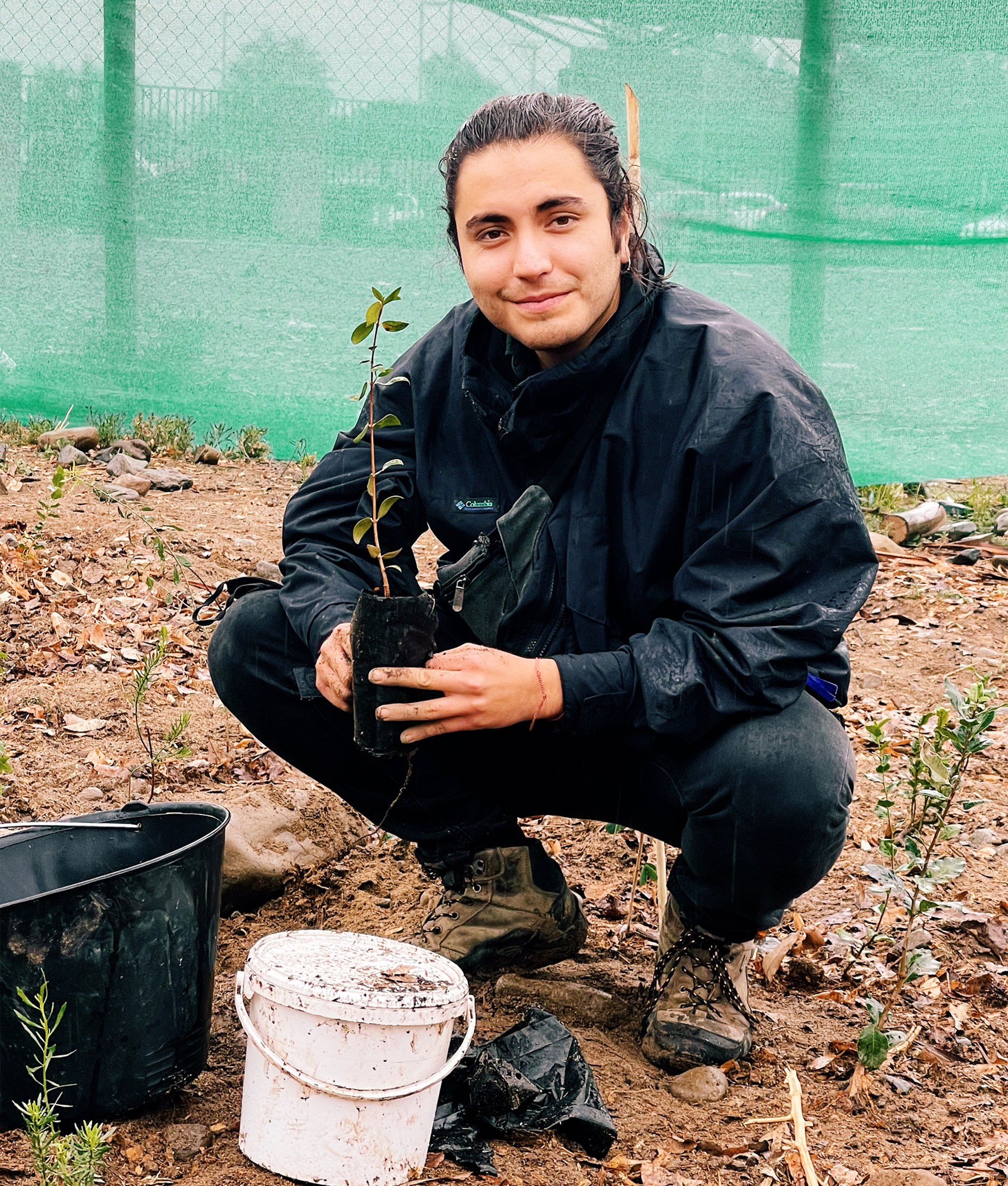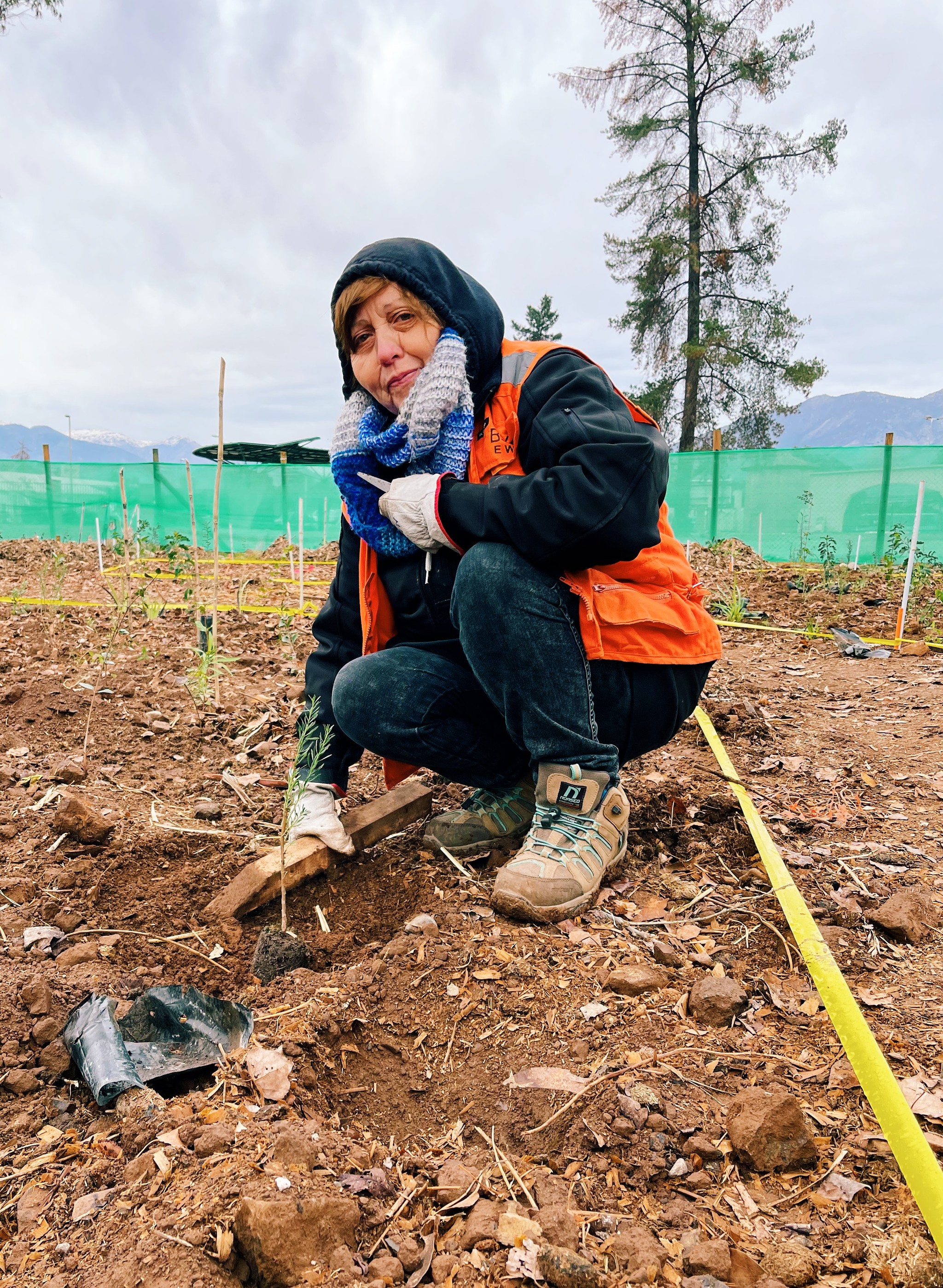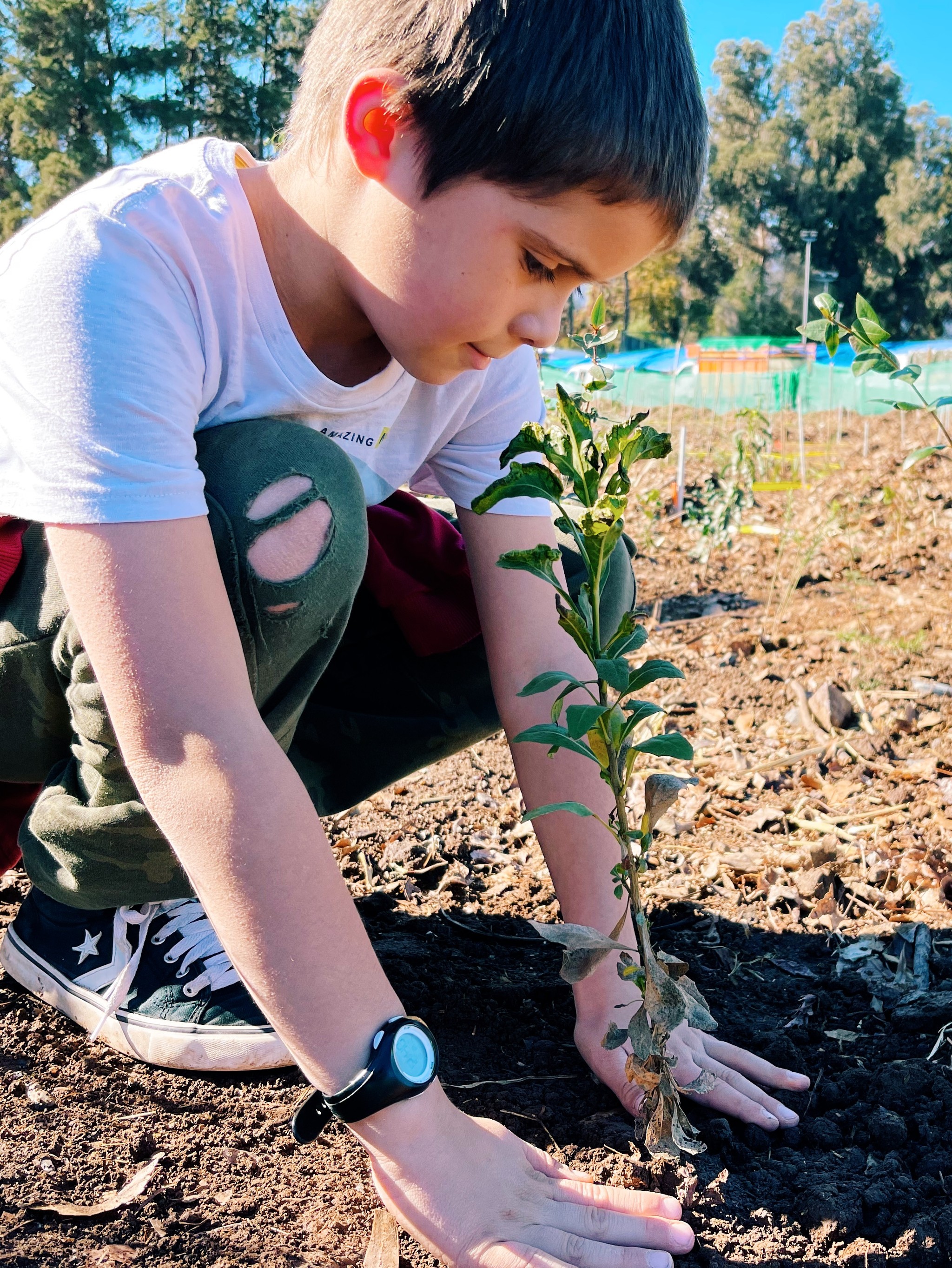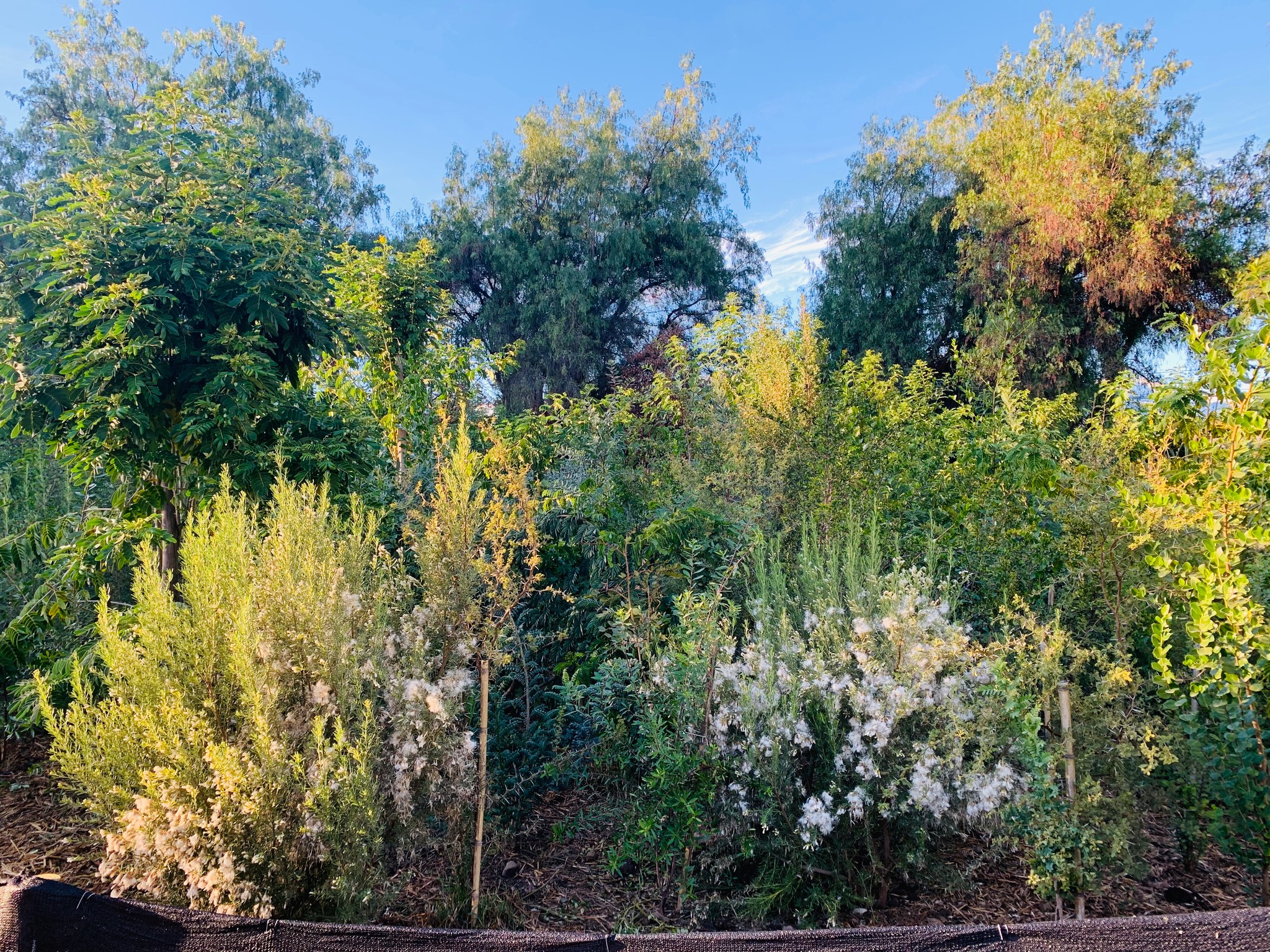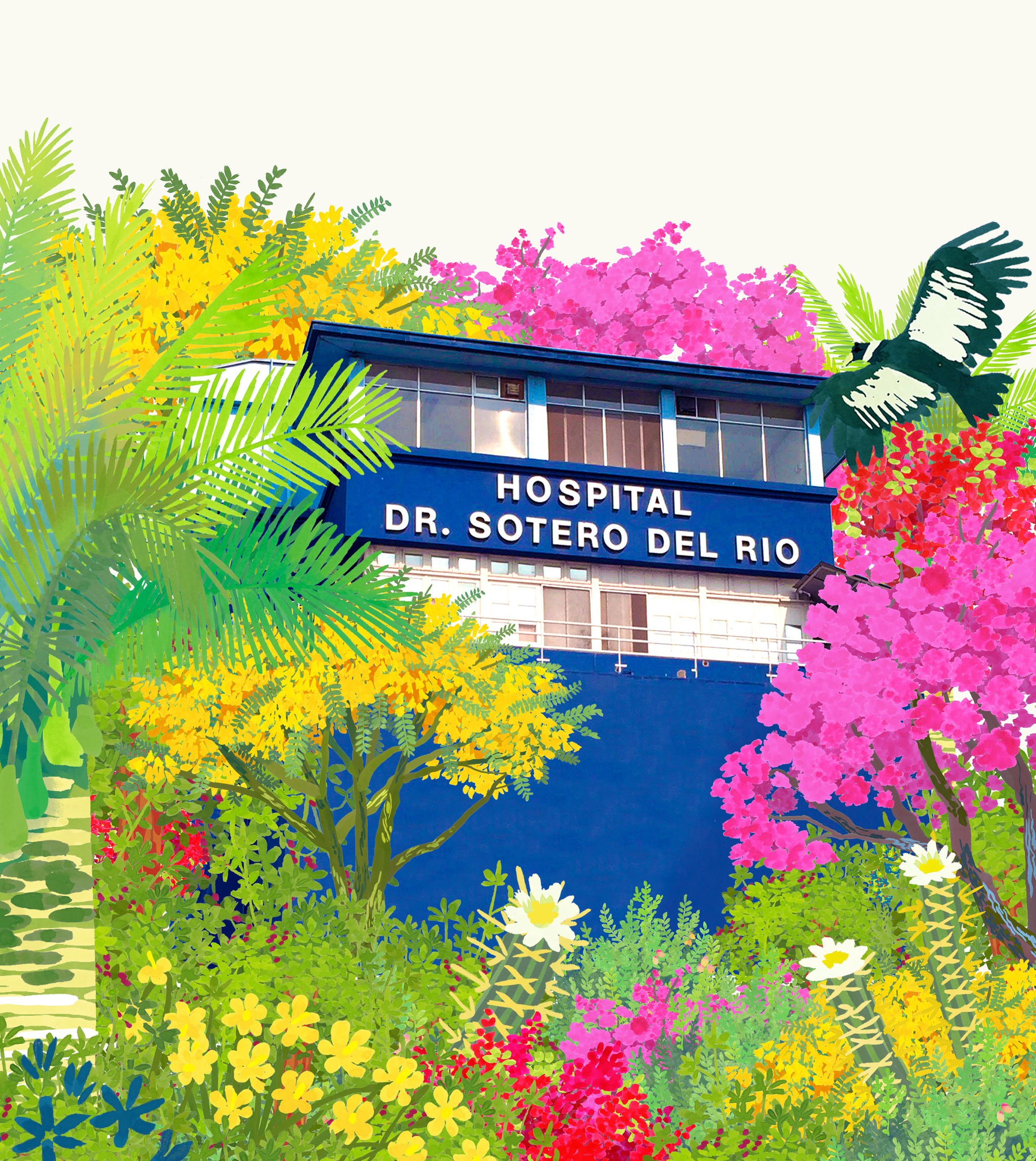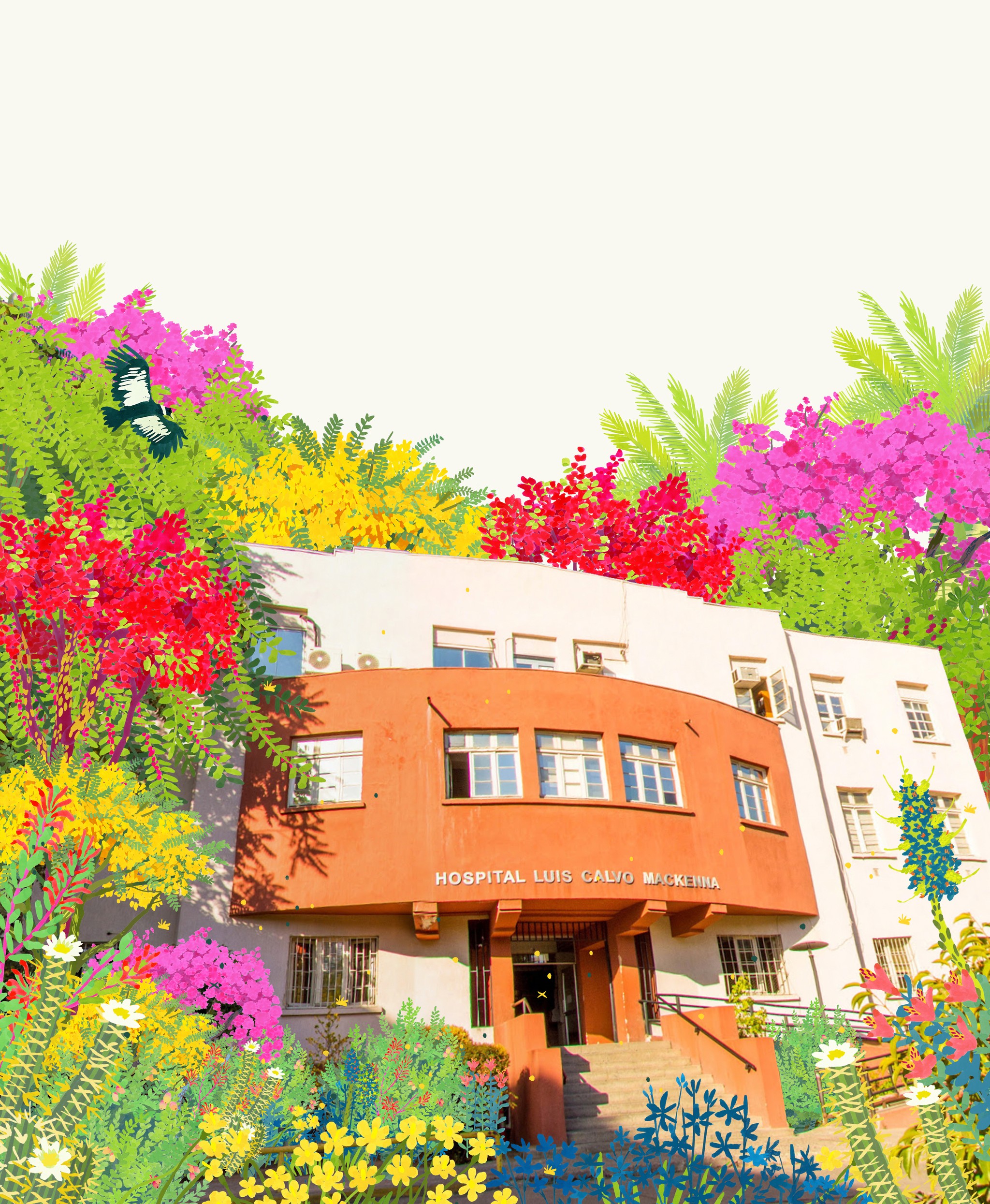Pirque Forest
From a parking lot to a lot of parks.
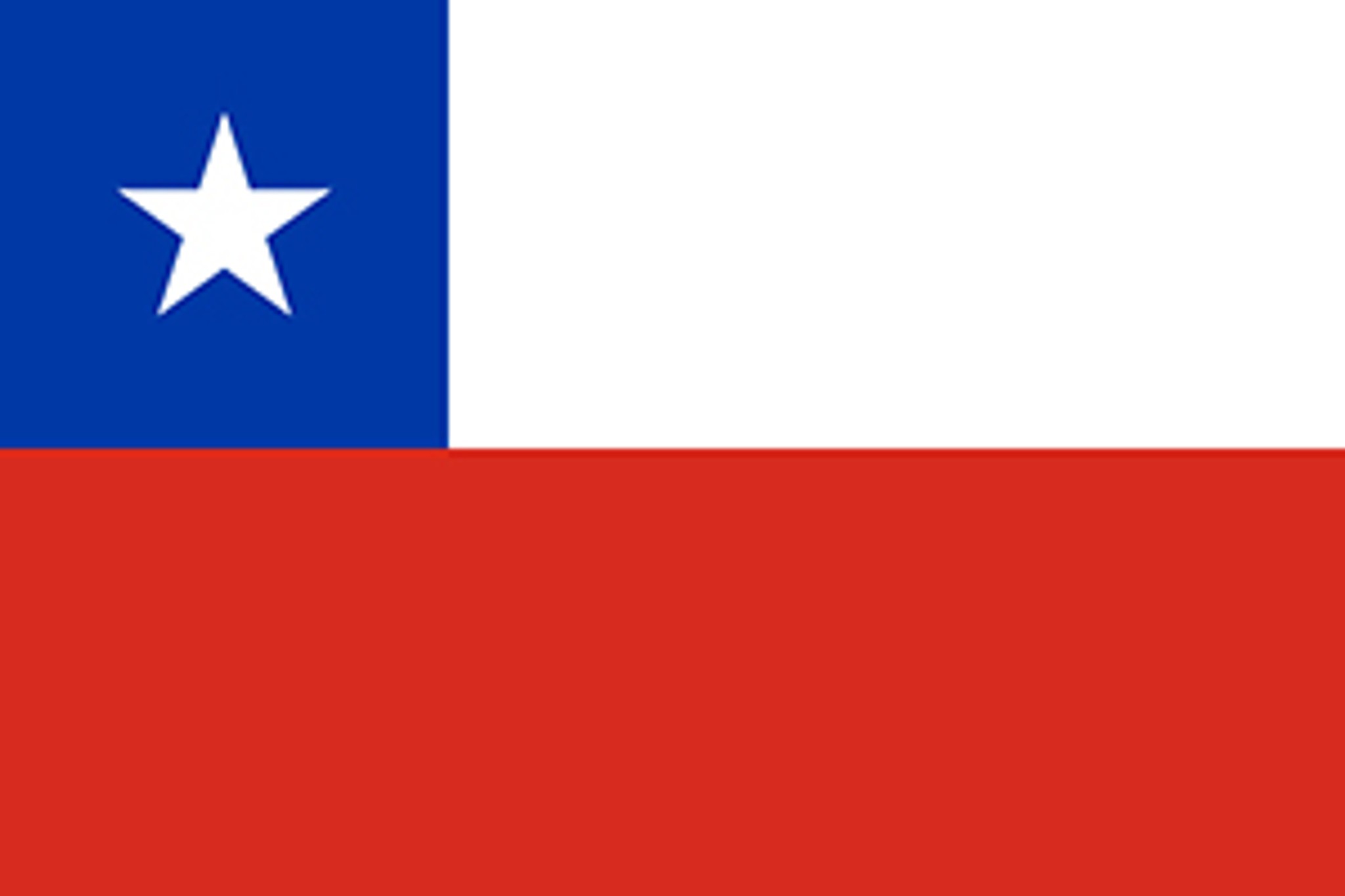
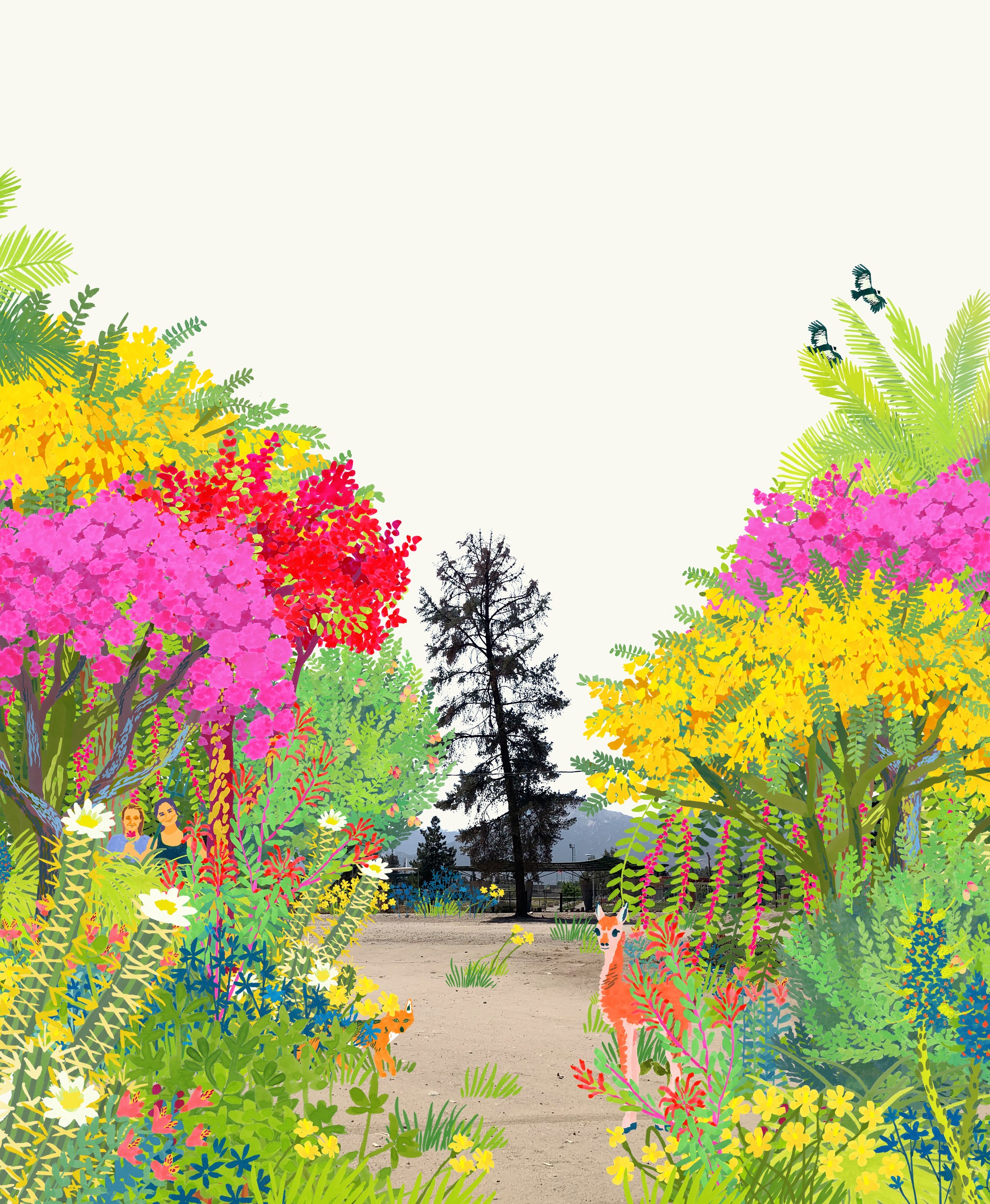
0
Trees
0
Square Meters
0
Native Species
Self Sustaining Forest
Planted in June 2021, Pirque forest has now become a self-sustaining ecosystem. In its early years, the forest faced challenges from exotic, invasive species such as acacia, eucalyptus, and plum trees, which disrupted the overall forest dynamics. We believe these issues arose from the leaf mulching used, which likely introduced a large number of seeds from non-native plants.
To restore balance, we successfully removed all invasive species and continue to closely monitor the forest's growth to ensure its long-term health and stability.
Despite these challenges, Pirque remains a haven for local wildlife. It is home to a variety of birds, including eagle hawks and doves, as well as insects like bumblebees and butterflies, which play a crucial role in pollinating the plants in the forest.
Forest Maker
Bosko Chile


Ecosystem Restored
Final report: 19.12.2024
After approximately three years our SUGi Pocket Forests become self-sustaining. They no longer require human maintenance or watering, and can be handed over to Nature for biodiversity and complexity to naturally develop.
0%
Survival Rate
0
People living within 300 meters
0
kg of potential CO2 sequestration
Biodiversity
Biodiversity is all the different kinds of life you'll find in one area—the variety of animals, plants, fungi, and even microorganisms like bacteria that make up our natural world. Each of these species and organisms work together in ecosystems, like an intricate web, to maintain balance and support life.
0
Potential number of mammals
0
Potential number of birds
0
Potential number of amphibians
Urban Heat Profile
The Urban Heat Island Effect is affecting cities more and more each year and temperetures in urban areas can go up to 12 degrees hotter. This can be reduced and prevented by planting urban forests like this. We collected the air temperatures on a hot day in February at Pirque Forest and saw amazing results.
0°C
Air Temperature Difference
0°C
Surface Temperature Difference

“We have turned a parking lot into an incredible Miyawaki forest before. Now I want to help my hometown turn dirt into soil. To show them the power that’s right underneath their feet.”
Magdalena Valdés, Bosko Chile
Forest Report: 2023
0 Years
Forest Age
0%
Survival Rate
0m
Average of Tallest 3 Trees
Wildlife is abundant in this pocket forest. An eagle hawk was observed with an invertebrate in its beak, along with some doves. Bumblebees are also seen sipping nectar from quebracho flowers, and several beetles have been detected. Some invasive ladybugs are found on the leaves of various plants, and butterflies are hovering over the forest. Additionally, some invasive exotic species like acacia, eucalyptus, and plum trees have been identified, and these species have a greater height than the average height of the forest.
We believe that the origin of the invasive species problem is the leaf mulching we used, which possibly carried a large amount of seeds. For this reason, we decided not to use this type of mulch again. Our goal is to clean the forest of all non-native plants and to achieve this, we are permanently monitoring the Pirque forest and requesting adequate maintenance from the municipality that considers the removal of invasive species.
Biodiversity Notes:
Forest Report: 2022
0 Months
Forest Age
0%
Survival Rate
0m
Average of Tallest 3 Trees
This pocket forest is doing well, though due to the extreme fluctuations in temperature that it has experienced - often between day and night - it is not without its challenges. Similarly, the aridity of the area has been a concern and a lack of uniformity of irrigation across the forest has shown to influence survival rate across different sections of the forest. Still, at 1.5 years, Pirque forest is flourishing with many of the species flowering and producing seeds.
Biodiversity Notes:
All kinds of insects can be seen across the pocket forest, including various types of ladybugs (Coleoptera), flies (Diptera) and bees (Hymenoptera). With insect activity we are hoping to see some reptiles in the forest in the next year.
Planting: November 2021
